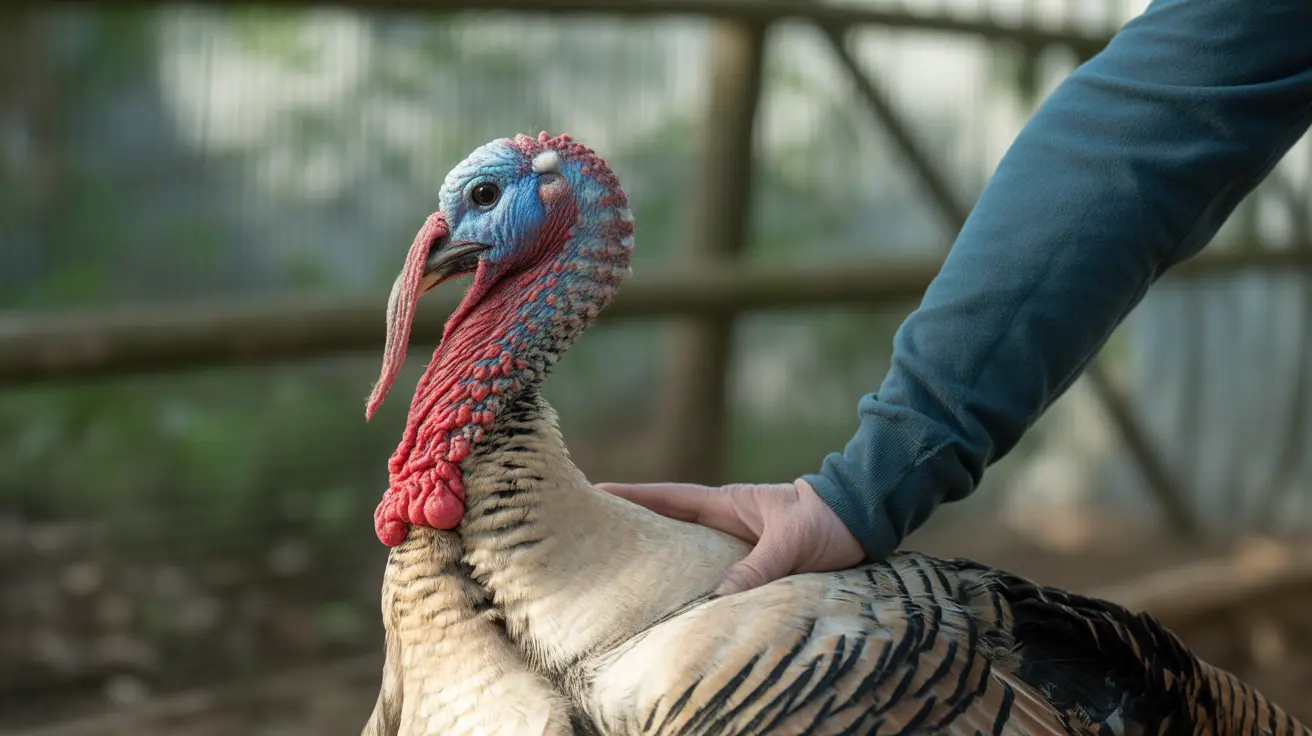Understanding Leiomyosarcoma: The Silent Killer of Cats
Leiomyosarcoma is a rare, aggressive cancer that arises from smooth muscle tissue in the cat’s gastrointestinal (GI) tract, particularly the stomach and intestines. Known for its stealthy progression and lack of early symptoms, it has earned the nickname “silent killer” among veterinarians and pet owners. This article will explore the nature of leiomyosarcoma in cats, how it manifests, diagnostic challenges, treatment options, and what owners can do to safeguard their feline companions.
What is Leiomyosarcoma?
Leiomyosarcoma is a malignant tumor of smooth muscle origin. In cats, it typically develops in the GI tract and is less common than other feline cancers like lymphoma or adenocarcinoma. It usually affects middle-aged to older cats, over six years of age, and doesn’t show a preference for any particular breed or sex.
Why is it Called a Silent Killer?
The moniker “silent killer” stems from the subtlety of symptoms and their slow progression. Clinical signs often appear gradually over weeks or months, masquerading as common digestive issues.
- Vomiting, often after eating
- Diarrhea, occasionally with blood
- Unexplained weight loss
- Lethargy and general weakness
- Abdominal discomfort or gas
- Black or tarry stools (melena)
These vague symptoms often lead to misdiagnosis or delayed veterinary visits, allowing the disease to advance unchecked.
Challenges in Diagnosis
Diagnosing leiomyosarcoma is complex due to its overlapping symptoms with other GI diseases. On physical examination, cats may appear normal aside from weight loss. Several diagnostic tools are employed:
- Blood work – May reveal anemia, elevated white blood cells, or hypoglycemia
- Abdominal X-rays – Detect intestinal masses or thickening
- Ultrasound – Assesses mass size and bowel wall involvement
- CT or MRI – Provides detailed imaging for staging
- Endoscopy and biopsy – Allows direct tissue sampling
The definitive diagnosis relies on histopathology, often combined with immunohistochemistry to distinguish it from similar tumors like gastrointestinal stromal tumors (GISTs).
Understanding Metastasis
Leiomyosarcoma tends to metastasize—or spread—to other organs, particularly the liver and lungs. Evaluation of metastasis includes thoracic imaging and abdominal ultrasound to assess the liver and lymph nodes.
Treatment Options
The primary and most effective treatment is surgical removal of the tumor. Procedures may include:
- Partial gastrectomy – Removing part of the stomach
- Enterectomy – Removing affected intestinal segments
For the best outcome, surgeons aim for wide margins to eliminate all tumor tissues. If metastasis is absent, cats may survive from several months to over a year post-surgery.
Adjuvant therapies such as chemotherapy or radiation are not well-established in cats but may be considered in cases of incomplete excision or tumor spread.
Postoperative Care and Monitoring
Post-surgical care is crucial to recovery and may include:
- Pain management – Medications like buprenorphine or gabapentin
- Dietary support – Easily digestible, high-calorie foods
- Wound care and monitoring for complications
- Anti-nausea and appetite-stimulating medications
Regular follow-ups with abdominal ultrasounds or X-rays every 3-6 months are vital to detect any signs of recurrence.
Prognosis and Quality of Life
The prognosis for leiomyosarcoma in cats depends largely on early detection, successful surgical excision, and lack of metastasis. In favorable cases, cats can enjoy months to even years of good quality life post-treatment.
Despite its aggressive nature, proactive management can improve survival rates significantly. For unresectable or recurrent tumors, palliative care becomes crucial to maintain comfort and quality of life.
Key Takeaways for Cat Owners
- Monitor older cats for chronic vomiting, weight loss, or abdominal masses.
- Don’t ignore subtle digestive changes.
- Early veterinary consultation and thorough diagnostics are essential.
- Surgery remains the best option for long-term survival.
- Regular follow-up imaging can catch recurrences early.
Though rare, leiomyosarcoma should be on the radar for any cat showing persistent GI symptoms. Through vigilant care, pet owners can help extend and improve the lives of affected cats.





